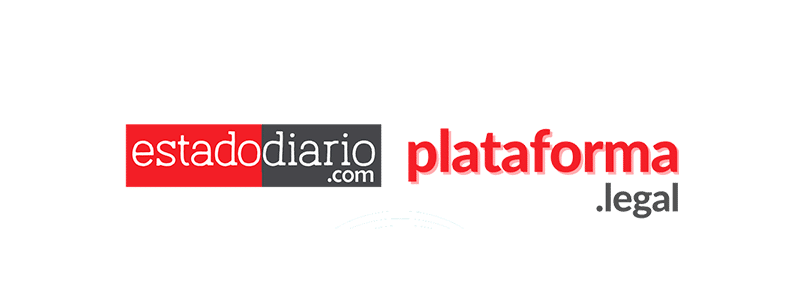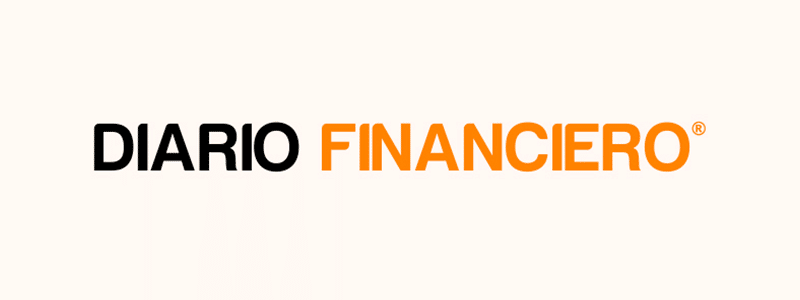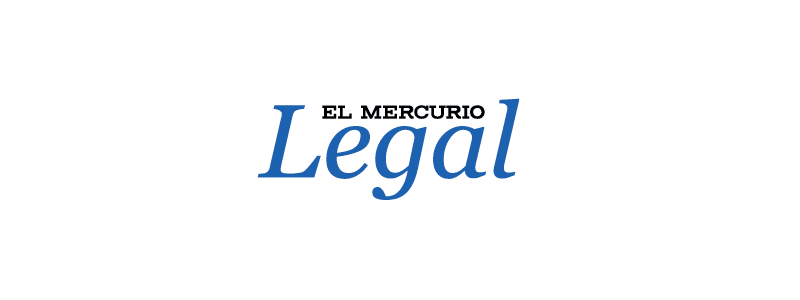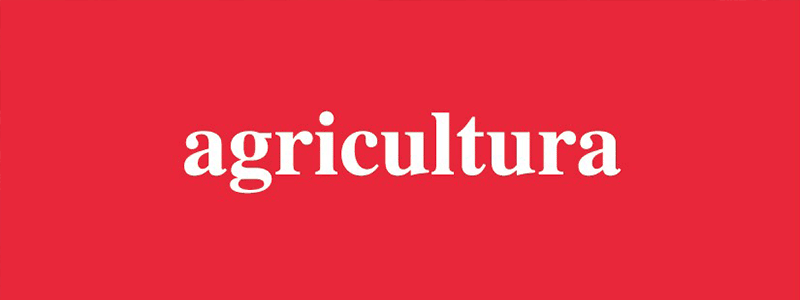We invite you to read the column written by our IP, Tech and Data Group associate, Esteban Orhanović, on intellectual property in the wake of the spread of photographs transformed with ChatGPT in the Studio Ghibli style.
One of the trends in social networks in recent days has been the proliferation of photographs that are transformed into the animation style of the reputable Studio Ghibli, a Japanese animation studio, whose works adopt a particular style of anime.
Specifically, this has been done through one of ChatGPT’s functionalities (beyond the fact that several other AI platforms also allow it), which in its user account version allows you to attach photographs and write a prompt along the following lines: “Convert the attached photo into an image with Studio Ghibli-style animation”.
As entertaining as this may be, a fundamental question arises from a legal point of view: is there an infringement of Studio Ghibli’s intellectual property? The answer, as almost everything in matters of generative artificial intelligence, is far from clear. Preliminarily, let us say that, in Chile, there is no legislation regarding artificial intelligence, but only a bill in process, which only addresses copyright in relation to the training of generative AI systems, but does not rule on the legality or quality of intellectual work of the work generated by the system.
Therefore, one must turn to general intellectual property rules, and attempting to address this question leads to a larger question: does copyright law protect the different “styles” in which an intellectual work is created? Each author may have a distinctive creative stamp which he or she imprints on his or her works, leading the public and consumers to associate certain styles with certain authors (for example, certain musicians who adopt different musical styles, certain painters who use certain painting techniques, or in this case, certain cartoonists or animation studios who use certain drawing techniques for their characters).
However, does the law protect these styles or only the concrete expressions of these styles? It would seem that the doctrine would lean towards the latter: only the concrete expression is protected, but not the “style” in the abstract, which is nothing more than a manifestation of the central idea of copyright: that the original and concrete expressions of an idea are protected, but not the idea itself.
This means that Studio Ghibli could claim infringement on its characters and specific works – such as Totoro or Chihiro – but not that someone creates novel works using its “style”, as long as the work does not adapt or reproduce some of its characters or known works.
To hold otherwise could operate as a restriction to creativity, and for example, taken to other industries, would prevent many musical bands from having similar styles (such as pop, rock, funk, indie, etc.), on pain of being accused of “plagiarizing” (adapting) others. However, it is still an issue open to debate, and one that will surely remain in the limelight as these uses of generative AI continue to emerge.
With respect to this same case, another issue that must be raised, and which has not been much discussed, is that of the photographer’s rights. Indeed, our legislation expressly protects photographs and the consequent rights of photographers, who are the owners of the photos they take (except in the case that they take them in the framework of a contract – e.g., hiring a photographer for a wedding).
Therefore, when a photograph is submitted to chat GPT and asked to be transformed into Studio Ghibli or any other format, the resulting image is, in legal terms, an adaptation of the original photograph, and therefore, one of the economic rights of the author (right of adaptation or transformation) has been exercised without the authorization of the owner of the rights over the photograph (except in cases where the photographer or someone who owned the rights does so).
It would seem that here there is a much more blatant infringement of the copyright of a third party than with respect to the rights that may be held by the companies whose “art style” is used (such as Studio Ghibli in this case), notwithstanding the fact that this aspect has been the most commented on in the media so far.
Finally, beyond all the intellectual property debate, it is worth mentioning the ecological impact that this has generated, due to the high water consumption generated by these generative AI platforms. Several institutions have criticized the high water consumption generated to cool the GPT Chat servers. According to a study, in fact, each image made by chat GPT in this “boom” of Ghibli-style images has led to the consumption of up to 3.45 liters per image, due to the high demand for use of the platform.
An alarming fact, no doubt, in today’s world in which the safeguarding and environmental awareness and respect for natural resources is something essential in the framework of ESG policies, and it would seem that AI operators should try to go along these lines, while ensuring the timely safeguarding of intellectual property.
Written by:
Esteban Orhanović | Associate IP, Tech and Data Group | eorhanovic@az.cl




